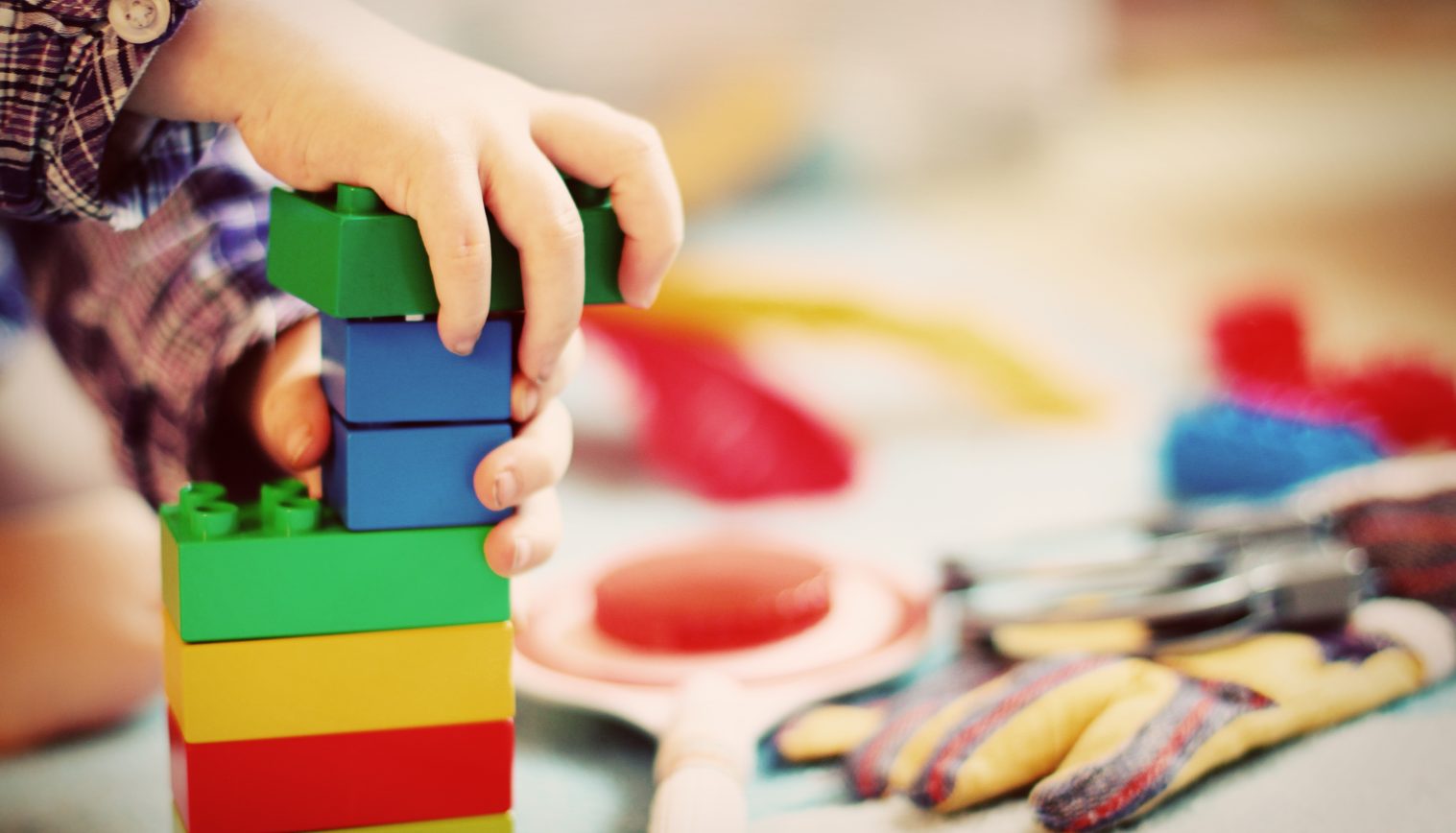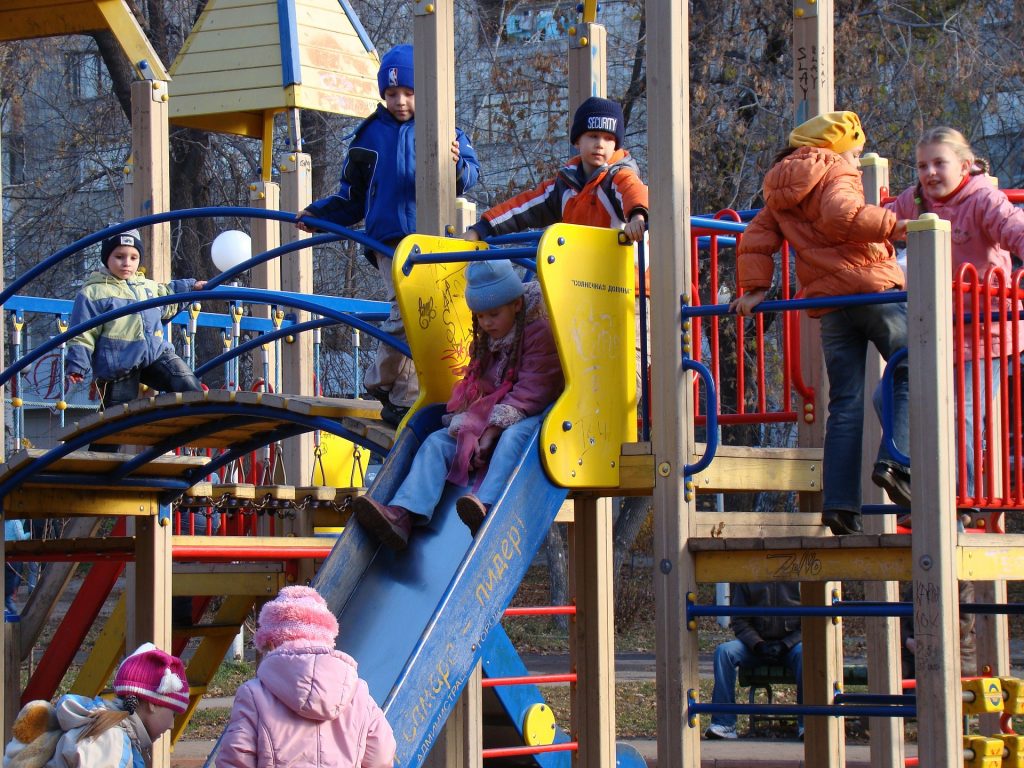Getting Your Students Physically Engaged

There is plenty of literature and advice about children being physically active; their activity is part of the Early Years curriculum and research has shown that children who are physically engaged are more likely to achieve academically.
Every time a child completes a challenge their self-esteem gets a boost. These challenges can be anything from learning the alphabet to being able to jump ten times on a trampoline. To a child, these occasions can be momentous.
Encouraging these moments isn’t difficult as most children want to be active and achieving, therefore they will seek out opportunities on their own if you don’t provide them. While learning to entertain themselves can encourage creativity and problem solving, it isn’t always safe or best practice.
The problem for care providers of a large number of children, is setting the right environment in which children will be inspired to engage with the activities on offer. Children are all different and what is fun and challenging to one, could be mundane to another.
 Children also learn in different ways. One child could use stacking blocks to learn how to count while another counts the number of times they can jump on the spot.
Children also learn in different ways. One child could use stacking blocks to learn how to count while another counts the number of times they can jump on the spot.
This poses a serious question for you – how can you provide the maximum number of activities to ensure all children are physically engaged with their environment?
One idea is to have a system in place called levelling position and resources where children’s access to activities is limited to their current ability. This structure, however, can hamper the development of children by restricting their natural curiosity and ambition. Instead, a range of activities should be made free to all children in any setting.
This may require a significant amount of space and during colder months, it can more of a challenge to find a suitable outdoor area for activities. Cold weather can make outdoor spaces hazardous with slippery surfaces and frozen ground.
While this could mean that you need to limit activities to indoor areas, outside areas shouldn’t be discounted. Research has often found that outdoor activities help with learning – even in cold weather.

To overcome this, consider covering outside areas to help limit the impact of the British weather. A canopy can help protect an outside space from the elements and create a safe learning zone so you have more space in which to engage and educate your children physically.
How do you physically engage your students? What activities do they like the most?
Let us know in the comments below.

Able Canopies Ltd. design, manufacture and install commercial grade canopies, shade sails,
awnings and shelters across the UK. We specialise in servicing the education, leisure,
healthcare and retail sectors and have extensive experience working with
schools, councils, architects and contracting firms.For more information on our products and services please contact us
Follow us on our social media accounts for the latest funding advice, new products & latest news:
Twitter | Facebook | Google + | Linked In
Categories
- Canopies for Architects & Contractors
- Canopies for Healthcare
- Canopies for Restaurants, Bars and Hotels
- Canopies for Retail & Commercial
- Canopies for Schools
- Canopies for Sports & Leisure
- Canopy Maintenance
- Case Studies
- Cool Links & Facts
- Cycle Parking Solutions
- Dates for Your Diary
- Eco-Friendly Holiday Crafts
- Employee Spotlight
- Environmental Tips
- Funding and Fundraising
- How to... Get the Most out of Your Canopy
- Latest News
- Latest Stories
- Lockdown Outdoor Learning & Play Ideas
- MD News
- Newsletters - Architects & Contractors
- Newsletters - Schools & EYFS
- Outdoor Learning
- Outdoor Play
- Planning Your Cycle Parking
- Product Focus
- Solar Carports
- Spring Fundraisers 2017
- Summer Shade
- The Good Canopy Guide
- Wall Mounted Canopies











